Tsinghua BMW Innovation Center for ICH Safeguarding Embarks on a New Journey in 2022, the New Year of the Tiger
On this occasion of the Chinese New Year, Tsinghua (Qingdao) Academy of Arts and Science Innovation Research wishes you a happy and prosperous New Year!
The Tsinghua BMW Innovation Center for ICH Safeguarding, which is jointly organized by the Academy of Arts & Design, Tsinghua University, BMW Brilliance Automotive Ltd. and Tsinghua (Qingdao) Academy of Arts and Science Innovation Research, will be based on the intangible cultural heritage (ICH) and their inheritors selected by the "BMW China Culture Journey" project visits in 2022. Targeting five projects in Yunnan Province, namely the black copper silver art, Heqing silverware, Jianshui purple pottery, Bai tie-dye, and Yi embroidery, the project team will be formed by experts and supervisors from Tsinghua University and ICH inheritors to explore innovative paths and extended models for ICH preservation, protection and development.
The Innovation Base for ICH protection organized a series of quality lectures from December 18 to December 29, 2021, with the participation of the supervisors who are in this year's collaborative projects and special guest lecturers who support the innovative development of ICH art to discuss on improving the artistic aesthetics and cultivation of ICH inheritors. Highlights of the lecture series will be available during the Chinese New Year for interested readers, who are here reminded to keep their attention in tune.
Introduction to the ICH Inheritors and Supervisors Participating in the 2022 Collaborative Projects
Black Copper Silver Art Technique
Introduction
Black copper silver art is a unique handmade metal craft in Yunnan that originated in the Shiping County 300 years ago during the Yongzheng period of the Qing Dynasty. It is made of ebonized copper with various floral patterns carved on the body before the silver (or gold) is melted into the engraved pattern, and the silver (or gold) is fused with the black copper at a high temperature, and then cooled, burnished, polished and blackened. The base copper would turn a natural black, showing the silver (or gold) patterns through, showing the distinct contrast of black and white (or black and yellow), antique, elegant and charming. As silver is more commonly used, it is generally called "black copper silver art".
Introduction to the Supervisor
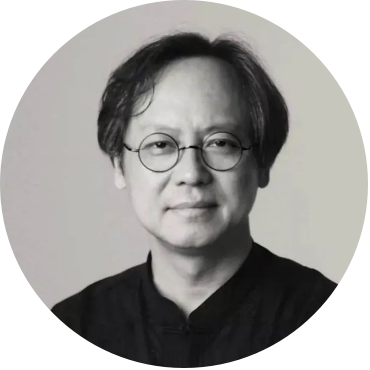
LU Xiaobo
President of Academy of Arts & Design, Tsinghua University
Vice President of China Artists Association
Professor of Academy of Arts & Design, Tsinghua University
Doctoral Supervisor
Introduction to the ICH Inheritor
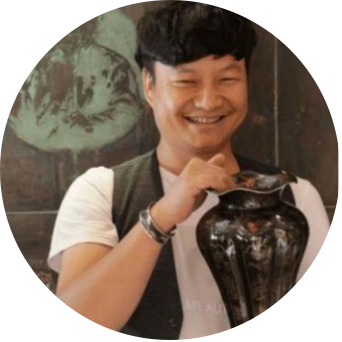
DING Dawei
Municipal Representative Inheritor of ICH Project
Representative Works of the ICH Inheritor
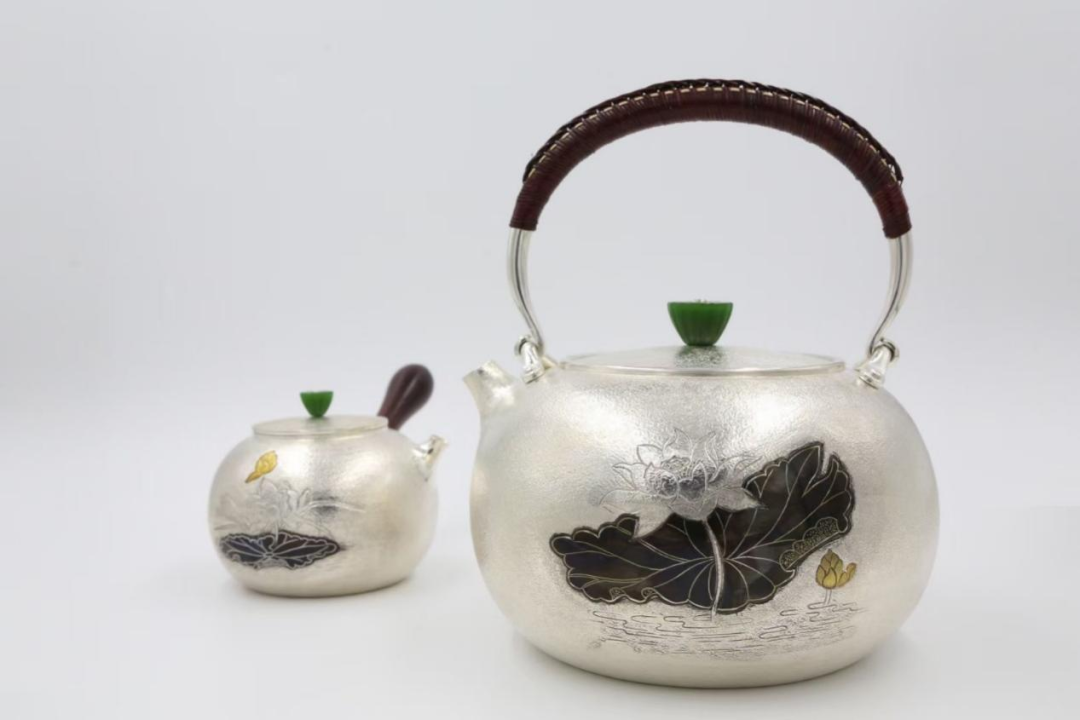
Tea Ware Untouched by the Mortal World
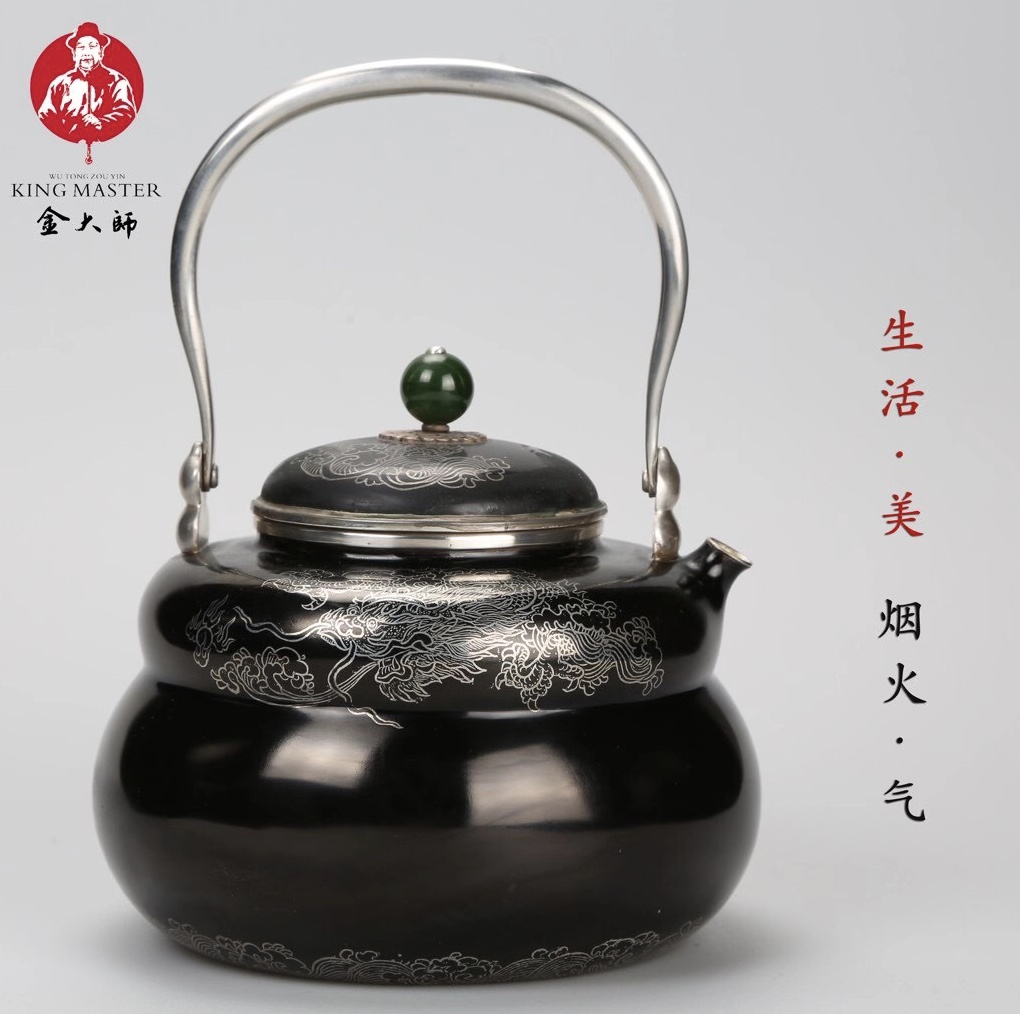
Auspicious Pot
Heqing Silverware-Making Technique
Introduction
The Hecheng silverware-making technique has a long history and has been mainly passed down in Xinhua Village, Hecheng County, Dali Prefecture. Among the silverware-making techniques in Yunnan, the Heqing technique is the most famous. Local artists use sterling silver as the main material, and different processes such as hammering, forging, hollowing, carving, and sterling silver wire weaving are adopted according to the required forms and specifications of the products. It retains the characteristics of traditional folk handicraft techniques with rich shapes and types, exquisite craftsmanship and high quality. The products have been well known far and wide and are exported to various domestic provinces and cities as well as overseas areas including the United States, Japan, India, Malaysia, Nepal, Thailand and Pakistan, with good commendation from around the world. In 2014, the silver forging technique of Heqing was included in the list of representative items of national intangible cultural heritage.
Introduction to the Supervisors
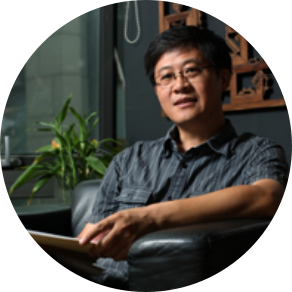
MA Sai
Party Secretary of Academy of Arts & Design, Tsinghua University
Professor of Academy of Arts & Design, Tsinghua University
Doctoral Supervisor

ZHANG Lei
Director of the Industrial Design Department of the Academy of Arts & Design, Tsinghua University
Professor of Academy of Arts & Design, Tsinghua University
Doctoral Supervisor
Introduction to the ICH Inheritor
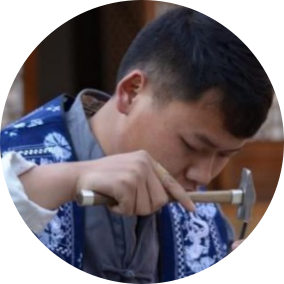
CUN Yujian
County Representative Inheritor of ICH Project
Representative Works of the ICH Inheritor
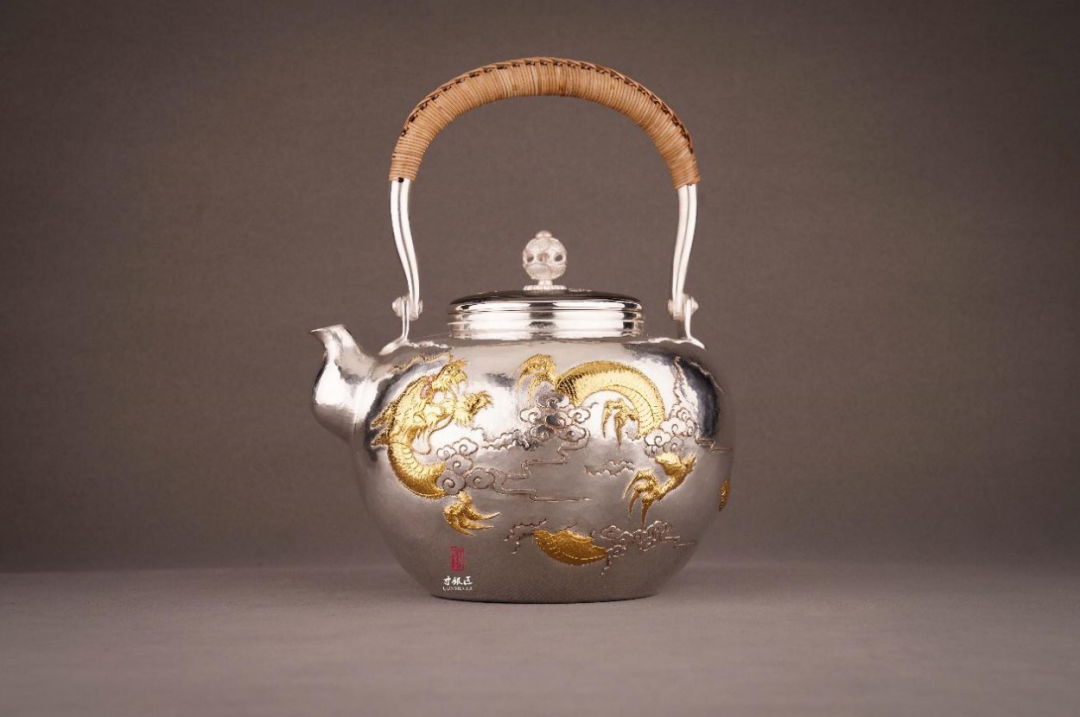
Golden Dragon Bringing Good Fortunes
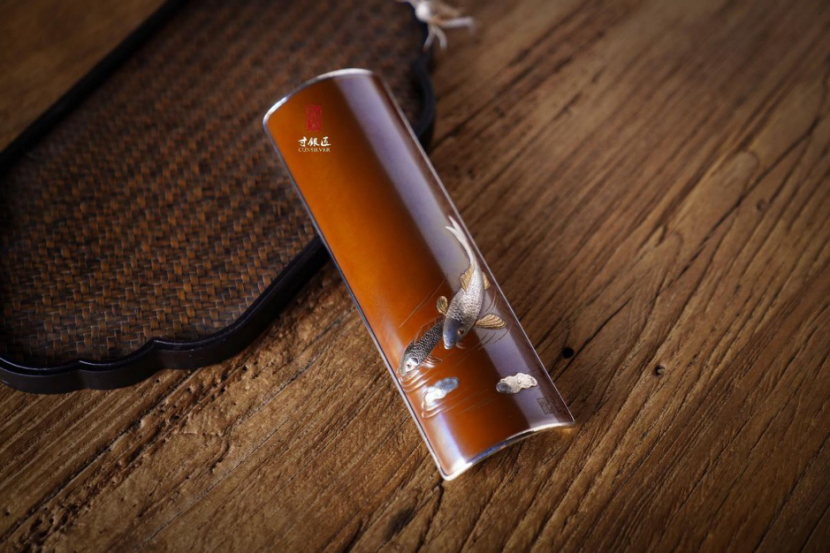
Silver Cladded Copper Tea Holder
Jianshui Purple Pottery Firing Technique
Introduction
Yunnan Jianshui Purple Pottery is one of the four famous potteries in China and a national geographical iconic product of China, and has been listed in the second batch of the national ICH catalog announced by the State Council on June 7, 2008. Jianshui Purple Pottery is made from five colors of local pottery (porcelain) clay, including purple, white, green, yellow, and five-color clay, by the process of slurry making, hand throwing, wet clay, manual decoration, carving and filling, high-temperature firing, and unglazed polishing, etc., and the final products can be called "Jianshui Purple Pottery". Jianshui purple pottery features fine workmanship, especially decoration, the main approaches of which include calligraphy, painting, carving, and colored clay inlay. It has endured through the Han, Tang and Song dynasties, and matured in the Yuan, Ming and Qing dynasties, as proved by the saying "Song has celadon, Yuan, blue-and-white porcelain, Ming, crude pottery, and Qing, purple pottery". In the domestic ceramics industry, Jianshui purple pottery is like a promising piece of "Yunnan jade", and its unique technique has laid a solid foundation for its development.
Introduction to the Supervisor

WANG Jianzhong
Professor of Academy of Arts & Design, Tsinghua University
Doctoral Supervisor
Introduction to the ICH Inheritor
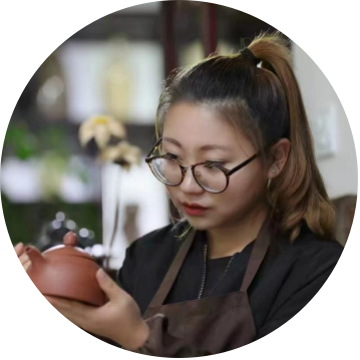
HUANG Qian
County Representative Inheritor of ICH Project
Representative Works of the ICH Inheritor
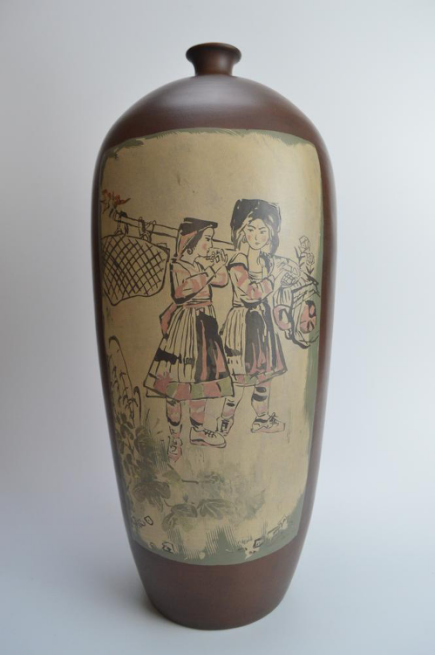
Hani in the Mountains
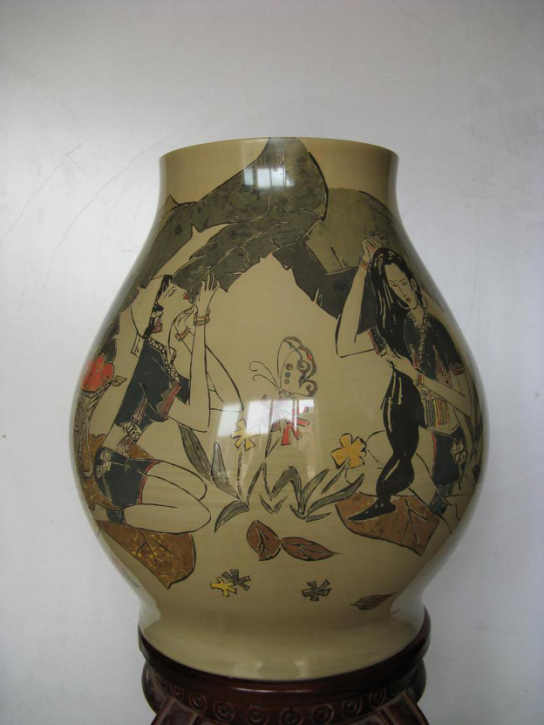
Ethnic Wine Goblet
Bai Tie-Dyeing Technique
Introduction
Bai tie-dyeing technique is a local traditional textile dyeing technique in Dali, Yunnan Province, and one of the national ICH. Products of Dali Bai tie-dyeing technique are normally made by hand needle stitching and repeatedly dipping and dyeing with plant dyes, which not only make the products bright and color-fast but also give them anti-inflammatory health effects on a wearer's skin, as they are without the side effects of modern chemical dyes that are harmful to human health. Based on the combination of pattern art, ancient knotting techniques and modern printing and dyeing techniques, the women of the Dali Xizhou Bai tribe have developed a new hand-printing and dyeing technique called color tie-dyeing, which is a breakthrough of the limitations of traditional single-color tie-dyeing hues and highlights the coordination and unity of multiple colors. The differences in width, narrowness, looseness, tightness, sparseness and density during the tie-dyeing give the finished product different shades of dyes and an artistic effect of different patterns mixed together.
Introduction to the Supervisor
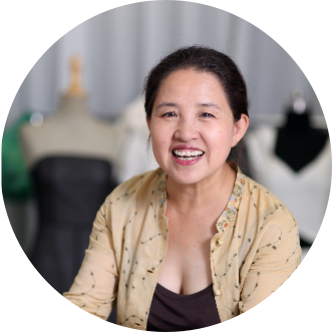
LI Wei
Professor of Academy of Arts & Design, Tsinghua University
Doctoral Supervisor
Introduction to the ICH Inheritor

DUAN Yuan
Municipal Representative Inheritor of ICH Project
Representative Works of the ICH Inheritor

Nineteen Peaks of the Cangshan Mountain
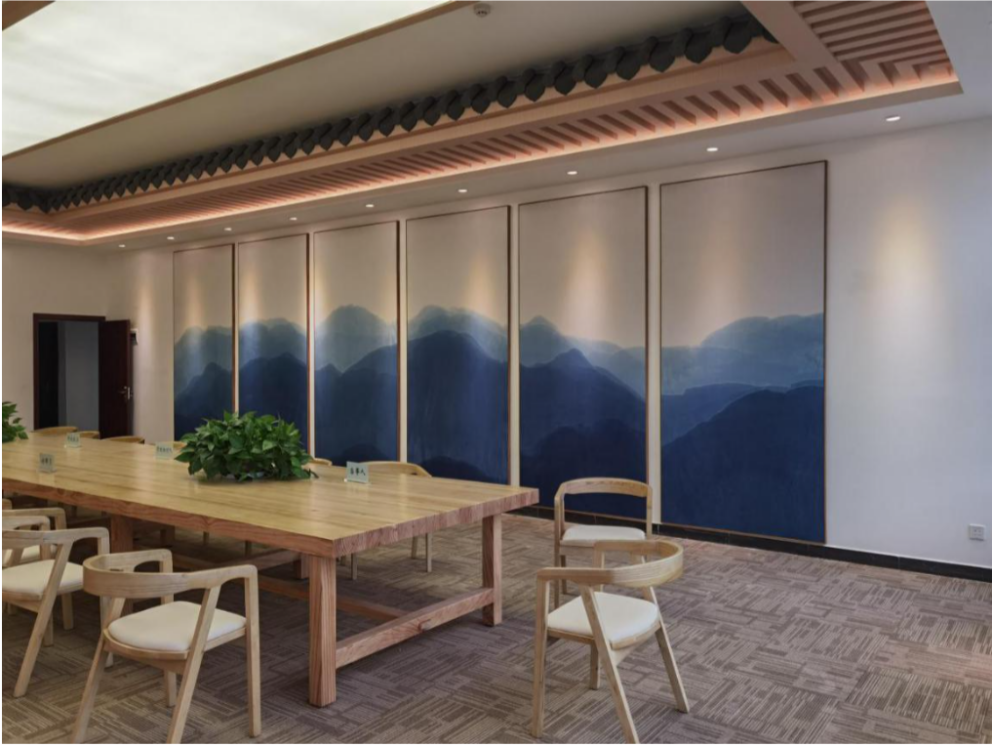
Overlapping Ranges
Yi Embroidery Technique
Introduction
The Yi Embroidery Technique was, upon approval by the State Council, included in China's second National List of Intangible Cultural Heritage on June 7, 2008. The artistic excellence of Yi embroidery is reflected in three aspects: Firstly, the richness of the patterns with widely used motifs, ranging from the sun, the moon, stars, clouds, thunder, and fire, to landscapes, flowers, birds and animals, and so on. Secondly, the specific techniques are versatile, and have been passed down for thousands of years, from one generation to another of Yi embroiderers who have been diversifying the methods and techniques, the common of which includes flat embroidery, embroidery, embedding embroidery, buckle embroidery, flower button making and appliqué, etc. Thirdly, the styles are diversified. In terms of the pattern composition, there are both symmetrical and staggered arrangements, and overlapping frameworks and flowing lines. In terms of the color scheme, it could be bold and flexible, with red, yellow and black as the main colors to reflect a rich and festive touch, or various other color schemes with rich expression, fully showing the Yi people's aspiration for a better life.
Introduction to the Supervisor
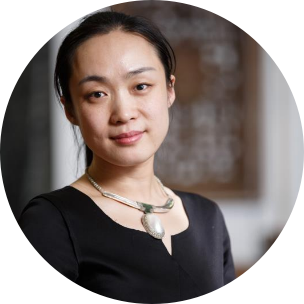
ZHANG Hongjuan
Associate Professor of Academy of Arts & Design, Tsinghua University
Doctoral Supervisor
Introduction to the ICH Inheritor
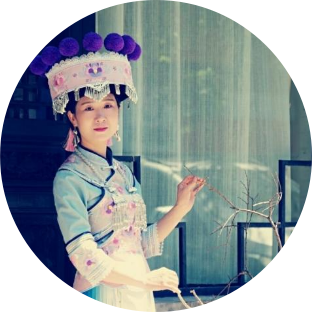
PU Minghui
County Representative Inheritor of ICH Project
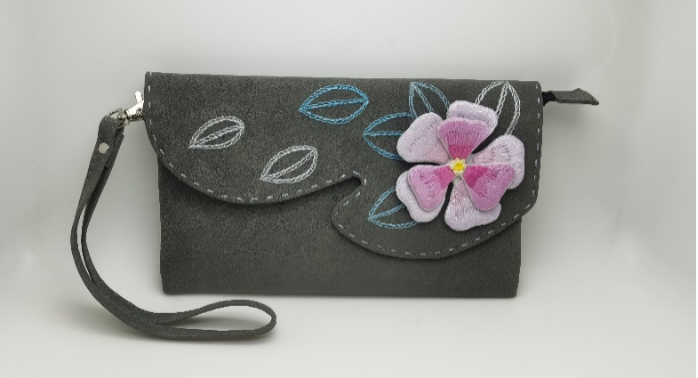
Yi Embroidery
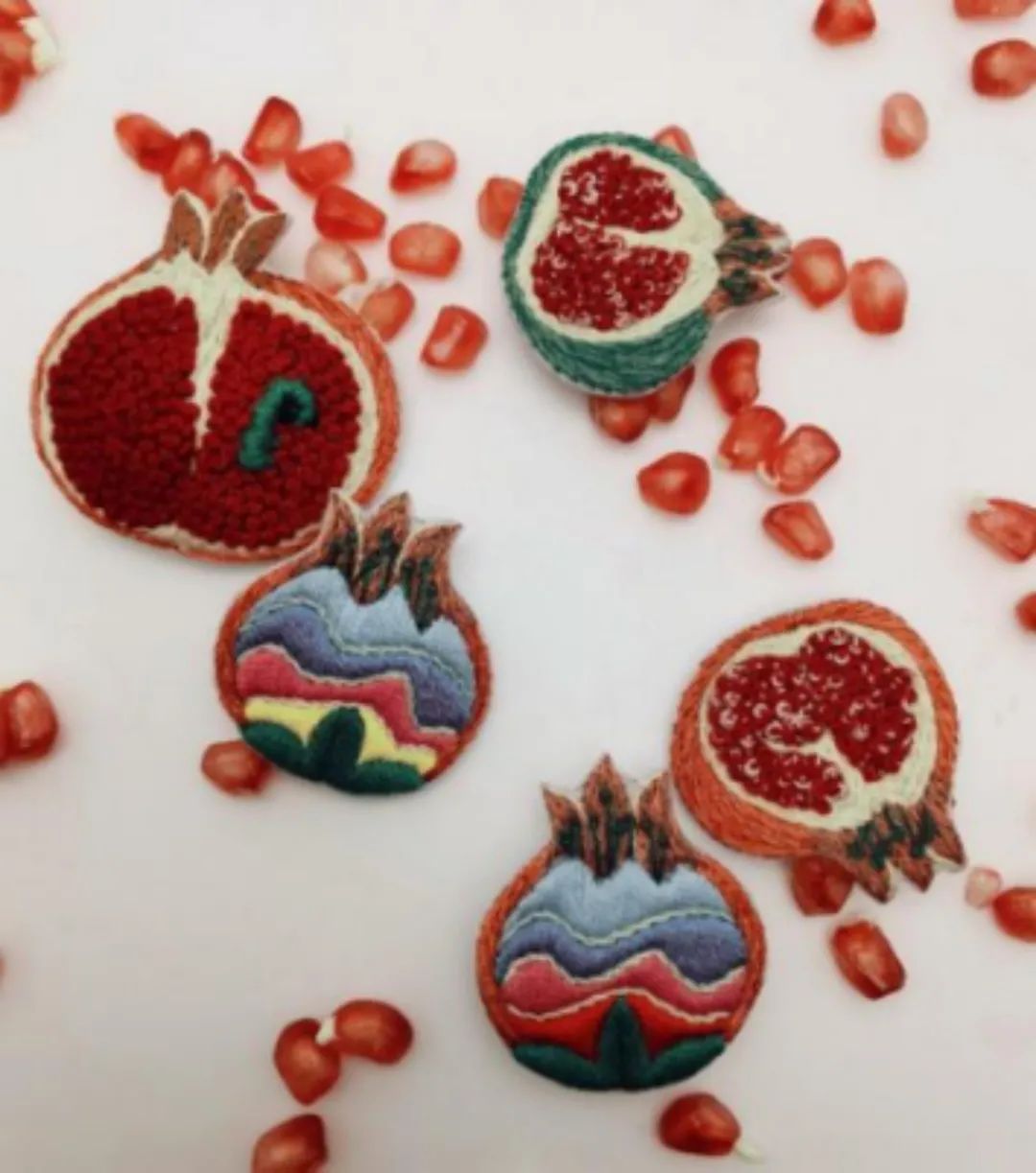
Yi Embroidery
Introduction to the Guest Lecturers

WU Bo
Associate Professor of Academy of Arts & Design, Tsinghua University
Master's and Doctoral Degree Supervisor
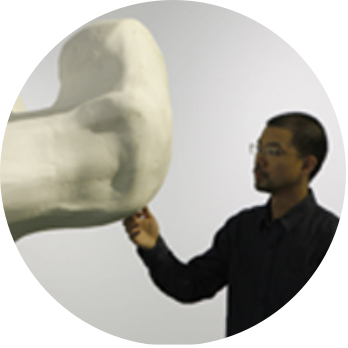
LUO Huan
Associate Professor of Academy of Arts & Design, Tsinghua University
Master Supervisor

LIU Ya
Assistant Professor of Academy of Arts & Design, Tsinghua University

WANG Jiansong
Executive Vice President of the Tsinghua (Qingdao) Academy of Arts and Science Innovation Research
Professor of Academy of Arts & Design, Tsinghua University
Doctoral Supervisor
